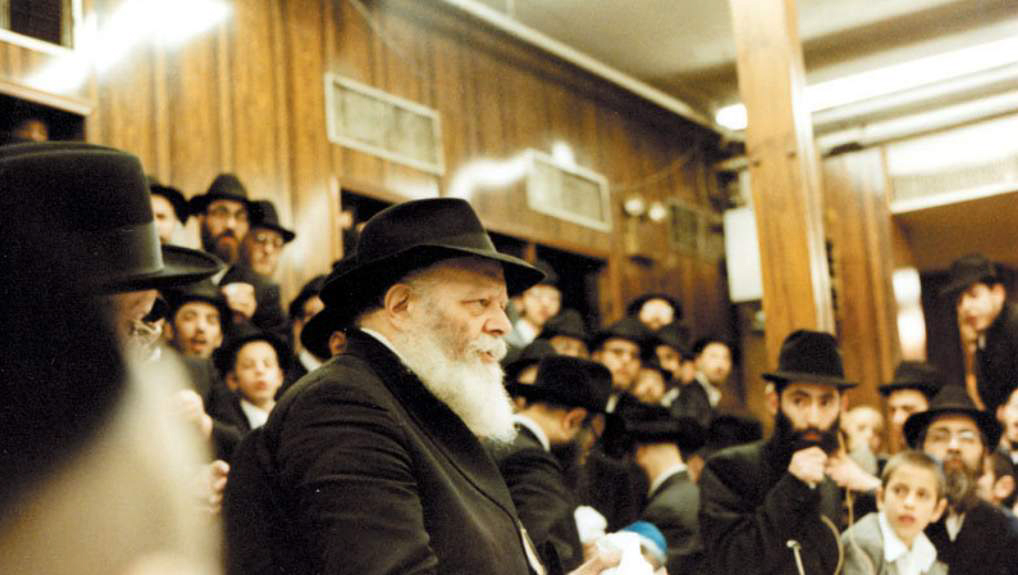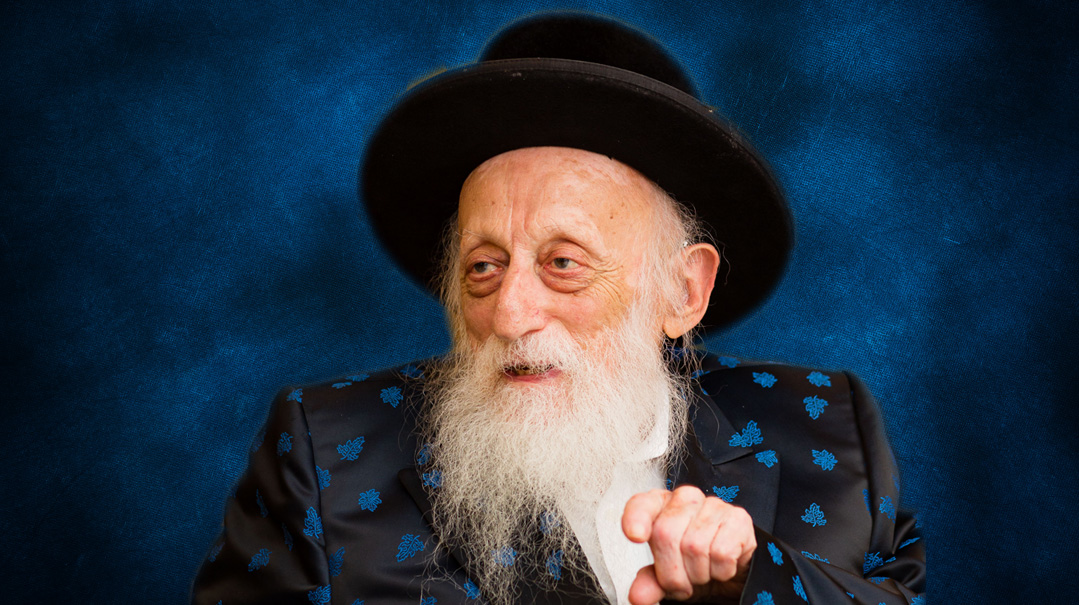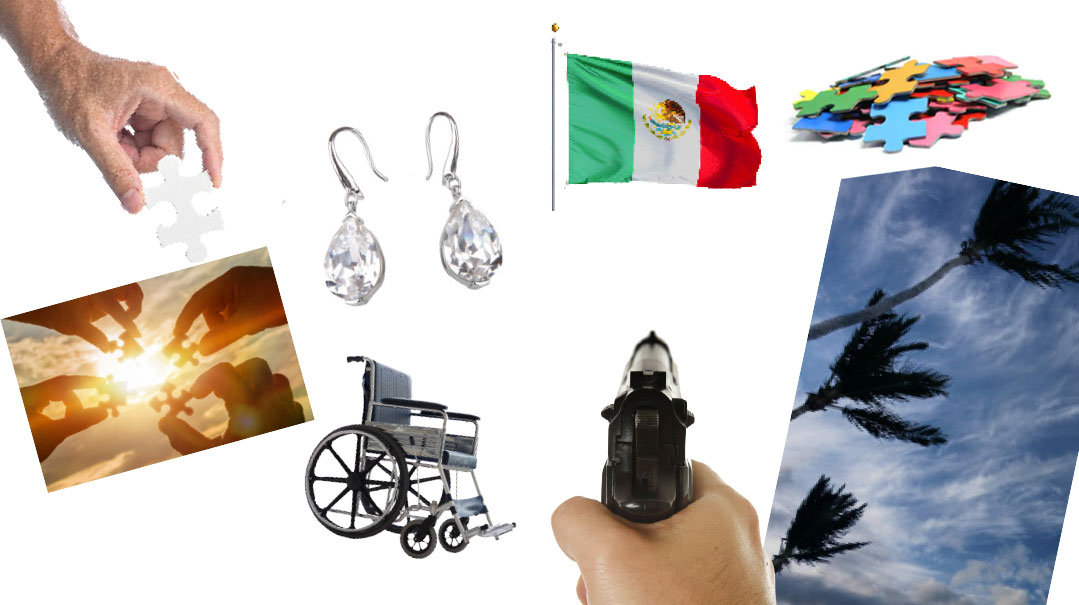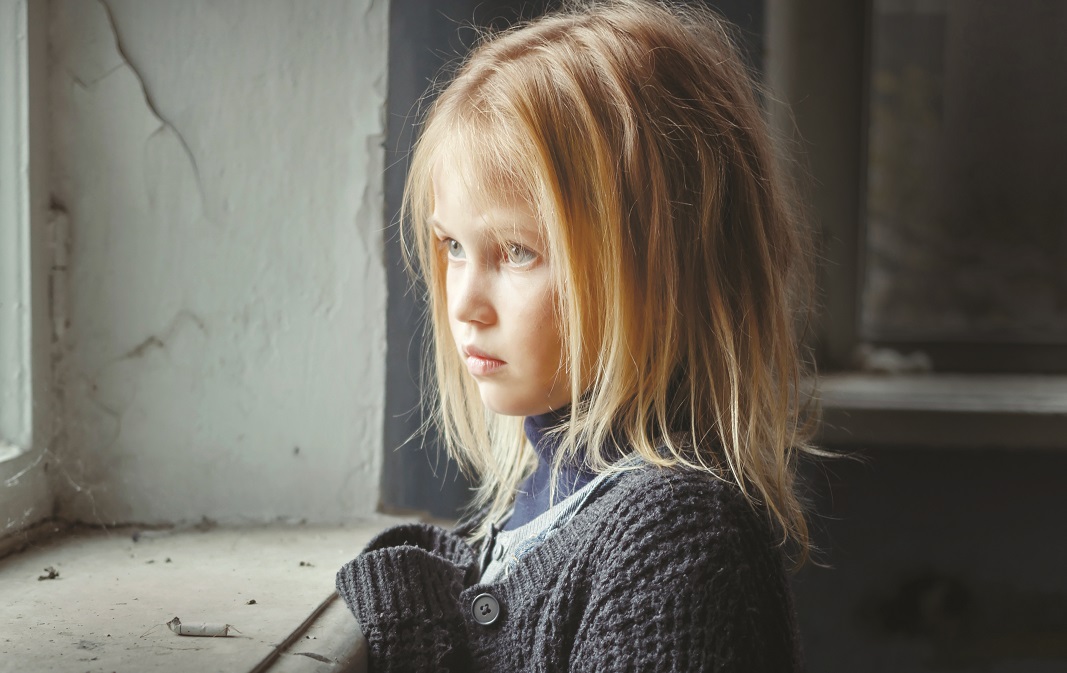Partners in Power


(Photos: Shlomi Cohen AFP/ImageBank)
Boaz Barr — who spent his childhood in the shadow of his Mossad-agent father — and David Djaoui — who learned karate in the Far East as a kid — have been practicing martial arts most of their lives. Now the duo has channeled their skills back to the public sphere, helping citizens in Jewish communities around the world fend off terror attacks and stay safe
A
fter the devastating truck-ramming terrorist attack that took the lives of four soldiers in Jerusalem last week, Boaz Barr and David Djaoui posted the latest video in their Eyes and Ears prevention series, this time focusing on how to stay safe from car-ramming attacks.
“Car rammers are looking for easy targets on the street,” says David Djaoui, co-director with Barr of the Jerusalem-based Otzma Martial Arts Center, whose mission is to keep Jews safe all over the world. “So, Rule Number One: Don’t stand idly in the street. When you’re walking, try to make sure something is between you and the street, like a concrete barrier or another car. And if you see something suspicious, like an engine revving up or a car that comes by more than once, gear up for action — if a terrorist approaches, hurl a rock at his windshield to confuse him and deflect the impact…”
Even if you live in Israel or another country plagued by car-ramming attacks, you probably won’t start walking around with rocks in your fist to hurl at approaching terrorists, but awareness, insists Djaoui, is the first step in staying safe. The two Jerusalem residents — martial-arts experts on a mission — split their time between Israel and countries abroad, teaching Jewish groups around the world how to foil a terrorist’s plot.
African Secrets
Security has always been close to Boaz Barr’s heart. As a former anti-terrorist operative in the IDF and a longtime martial arts practitioner who also holds degrees in education and psychology, Barr founded Otzma in response to the security situation, and was joined in 2010 by Djaoui as the two put together a program for developing specific training modules for Jews under threat in countries around the world.
It’s actually a legacy from his father, a former Mossad agent. Barr doesn’t have too many memories of his early childhood in Petach Tikvah as his parents, ten siblings and three adopted children to South Africa when he was just a kid. Officially his father had an educational posting, but in reality, he says, it was a cover for a security mission the Mossad hired him to carry out in one of the countries on the dark continent.
“I was a little boy then so I don’t remember much,” Boaz tells Mishpacha, “but I do remember traveling in a private car with my parents and younger brother in some African country. Suddenly, two white men came, pulled us out of the car, and put us on a train. My father disappeared, and we later found out that he’d been arrested for spying. Apparently he had been captured in the palace of the local ruler photographing documents and was arrested. Of course, the Israelis managed to get him released and then we returned to Israel, although his time abroad earned him foreign citizenship in several countries.”
Back in Israel, the Barr family settled in Kedumim in the Shomron, and although Boaz was just five at the time, he somehow discovered a karate club in the nearby new chareidi town of Emmanuel, directed by a French Jew named George Schwarakey.
“George was my personal inspiration,” Barr, 46, recalls. “He was a child in Algiers during the Holocaust, and one day when his parents were in their carpet store in the shuk and he was home under the care of his private teacher, an armed Nazi entered the house and his teacher managed to hide him under the table. When his parents returned home after riots drove them away from the market, they found their son trembling under the table, while his teacher had been killed al kiddush Hashem. Even as an adult he had never recovered from that trauma — but it also led him to conclude that there had to be a way to help Jews defend themselves against assailants.”
During the years Barr studied with George, he became close to the community in Emmanuel, imbibing the influences of Chabad and Breslov. “I was even debating whether to go to the army or stay in yeshivah, and my friends in Emmanuel told me to ask the Lubavitcher Rebbe ztz”l, who was still alive at the time. So I sent him a letter with my question and soon after, I received a detailed response, which regretfully, I have lost. But I remember the answer clearly: The Rebbe instructed me to devote my life to helping other Jews. He added that I should view every mission as a spiritual objective.”
Mark of Shame
In the end, Boaz enlisted in the IDF, and although he dreamed of a combat unit where his martial-arts skills would come to use, he was sent instead to a base in the Judean Desert for six months of training to work undercover in tandem with the Shin Bet.
“That was back in 1989, at the end of the first intifada, when the IDF initiated the mista’arvim units — special units that embedded into the local Arab populations and formed relationships with Arab informers and collaborators,” Boaz says. He was one of those undercover personnel. “I still have the ID card that says I’m a resident of the territories.”
Oops! We could not locate your form.






